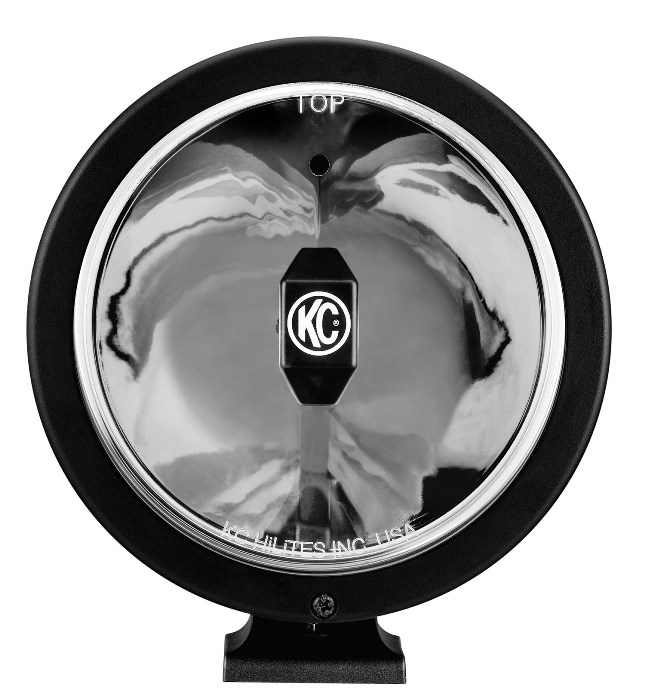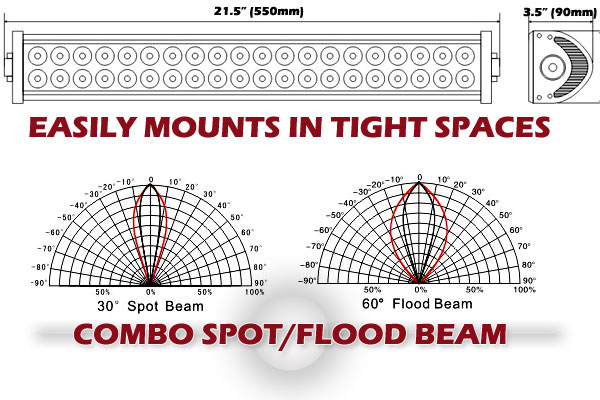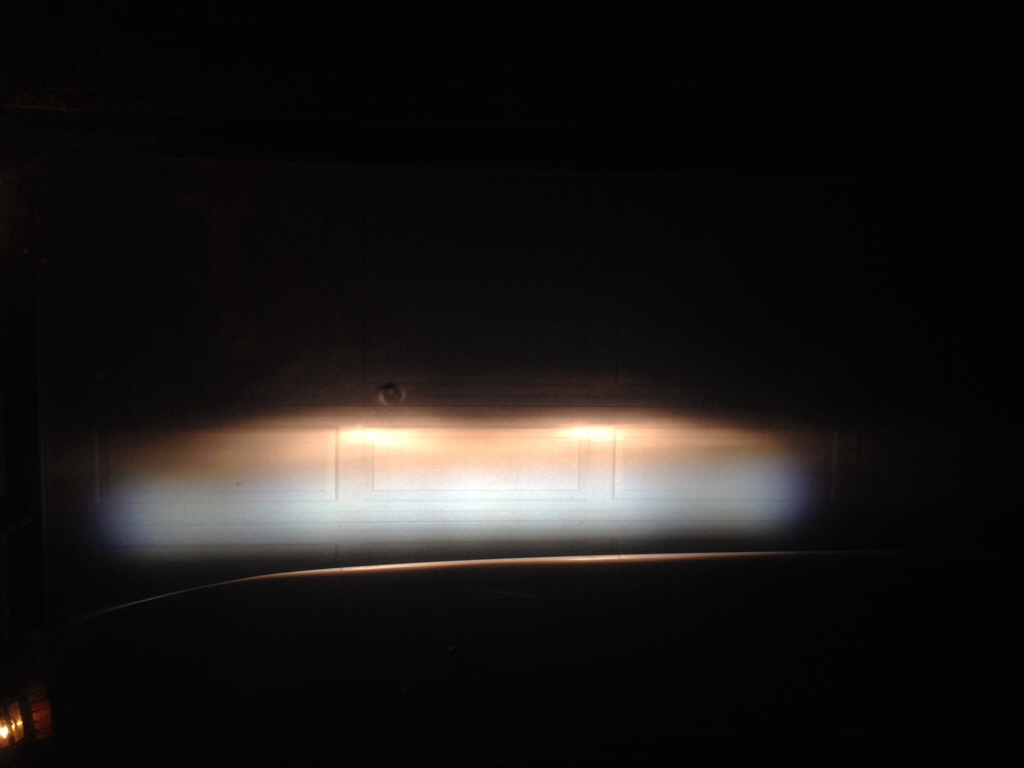What Is Brightness? Part 3: Lumens

As we did in part 1 and part 2, let’s continue to shine some light on exactly what is brightness.
When you turn on your headlights, your auxiliary lights, or even the lights you use in your house you get the illumination you need to see where you’re going. But, how do you know the difference in brightness between your spotlight and your reading light? Well, other than looking at it and getting blinded for a moment, the light output can be measured in a unit called a lumen, or lumens when you’re talking about a measurement over one. But, what is a lumen? How do I know that 100-lumens is brighter than 99-lumens? Why is a lumen count even important? And how do I compare it to light that was measured in watts, candela, or candlepower?
Now we get into what most feel is the most accurate measurement for automotive lighting: the lumen.

A lumen is the measurement of luminous flux, or the measurement of the total amount of visible light made by a source. Now, this isn’t the same as radiant flux (wattage), as lumens reflect the varying sensitivity of the human eye to different wavelengths of light, while wattage indicates the total power of all wavelengths emitted, independent of the human eye. In relation to candela, a lumen is equal to one-candela X steradian, or square radian (the unit of solid angle). A sphere has the solid angle of 4pi-steradians, so a light that radiates one-candela in all directions would be calculated as one-candela X 4pi-steradians = 4pi-candela X steradians = 12.57-lumens. Remember, pi is roughly calculated as 3.142, so you multiply 3.142 by four and you get 12.568.

Now, if you cover half of the light source, you halve your lumens while your candela stays the same. So, instead of 4pi-candela X steradians, you get 2pi-candela X steradians for 6.28-lumens. The candela stays the same because the output in any of the other focused areas hasn’t dropped. If your light source has a candela output of, say, 15 instead of one, then you’ll multiply the candela X steradian by 15-candela. So, now our equation will look like this: 15-candela X 4pi-steradians = 60pi-candela X steradians = 188.52-lumens.
